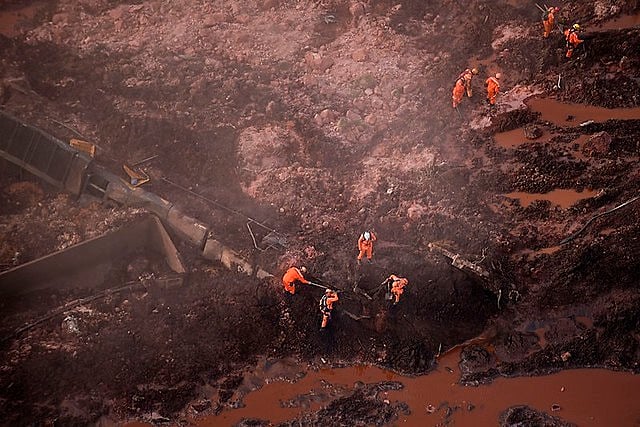A demographic survey on the communities impacted by the burst three months ago of a Vale dam in Brumadinho, in the Brazilian state of Minas Gerais, shows that black and low-income people were the most affected by the tragedy.
Down the first few miles of area impacted by the toxic mud, 63.8 percent of the residents were non-white, a higher rate than the demographics in the city (52.5 percent) and the state (54.6 percent).
The rates in the most impacted areas are even higher: 70.5 percent of the residents of Parque Cachoeira were non-white.
The average income in the area was 7 percent below the minimum wage based on data from the current 2010 census.
The information is found in a report released in April by a group of eight researchers from multiple Brazilian universities.
“There is a pattern in Brazil and the world that major impacts usually take place in areas where the majority of local residents are black and non-white. Brumadinho follows that pattern,” Lucas Magno, one of the researchers who produced the report, told Brasil de Fato.
Those results, the expert said, show that the tragedy could be regarded a case of environmental racism.
The goal of the report, Magno said, was to show Vale’s power and pressure over oversight and inspection institutions, which tend to increase the risk of major disasters, like the one that happened in Brumadinho, where 233 people were found dead and 37 are missing.




